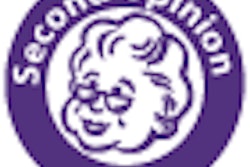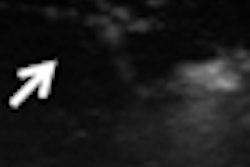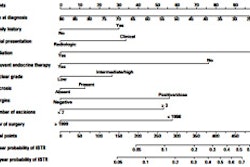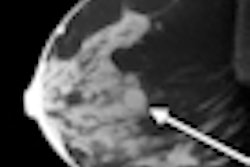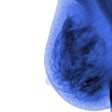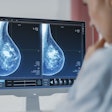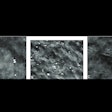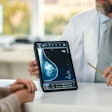Dear AuntMinnie Member,
Evaluating potential liver donors is a complex, high-stakes process that eventually comes down to CT or MRI scans that determine whether the liver volume is adequate, and whether the ductal and vascular anatomy are suitable for transplantation.
But manual review of the CT data may exclude too many qualified living donors, say researchers from the University of Colorado School of Medicine. The group is proposing the use of quantitative CT image analysis as a way to significantly increase the supply of qualified donors in a world that is perennially short of them.
In a story by senior editor Erik L. Ridley, the researchers re-examined CT data from 30 potential adult living liver donors who had previousy been rejected as donor candidates. Find out how many of them were found to be potentially suitable by clicking here, or visit the Advanced Visualization Digital Community at av.auntminnie.com.
Mammography screening update
In other news, screening mammography was turned on its head eight months ago when the U.S. Preventive Services Task Force (USPSTF) issued new guidelines recommending that screening begin at age 50 rather than 40 for most women, among other changes.
Imaging advocates feared that the loud public debate surrounding the optimal age to begin screening might convey too much uncertainty among doctors, confusing the public and discouraging women from showing up for their mammograms at any age.
Mammography screening rates have, in fact, dropped this year. What's behind the decline, and will screening recover from its latest setback?
Leonard Berlin, MD, professor of radiology at Rush Medical College in Chicago and vice chair of radiology at NorthShore University HealthSystem in Skokie, IL, doesn't see the sky falling any time soon. Read his thoughtful take on the topic by clicking here or visit the Women's Imaging Digital Community at women.auntminnie.com.




